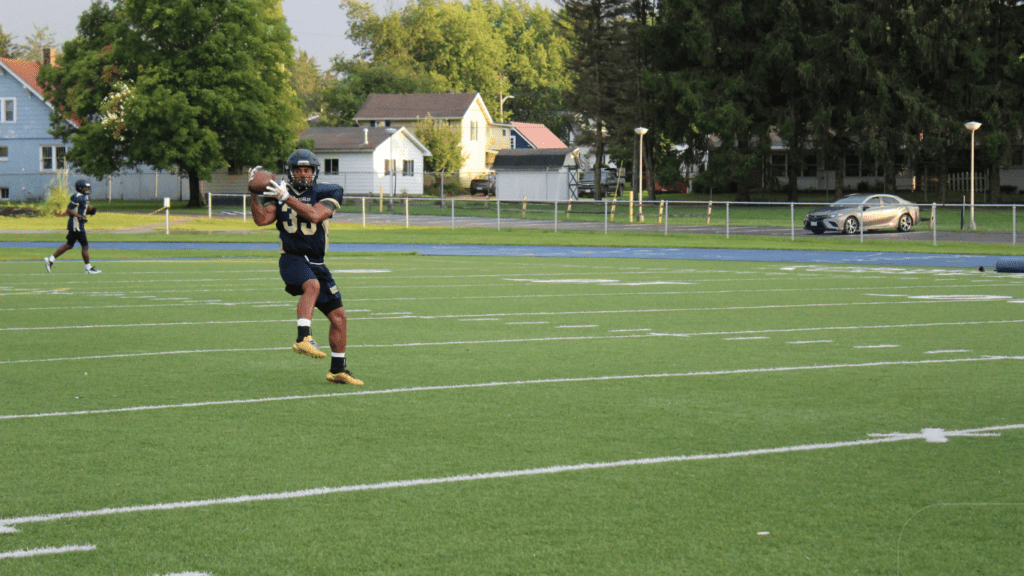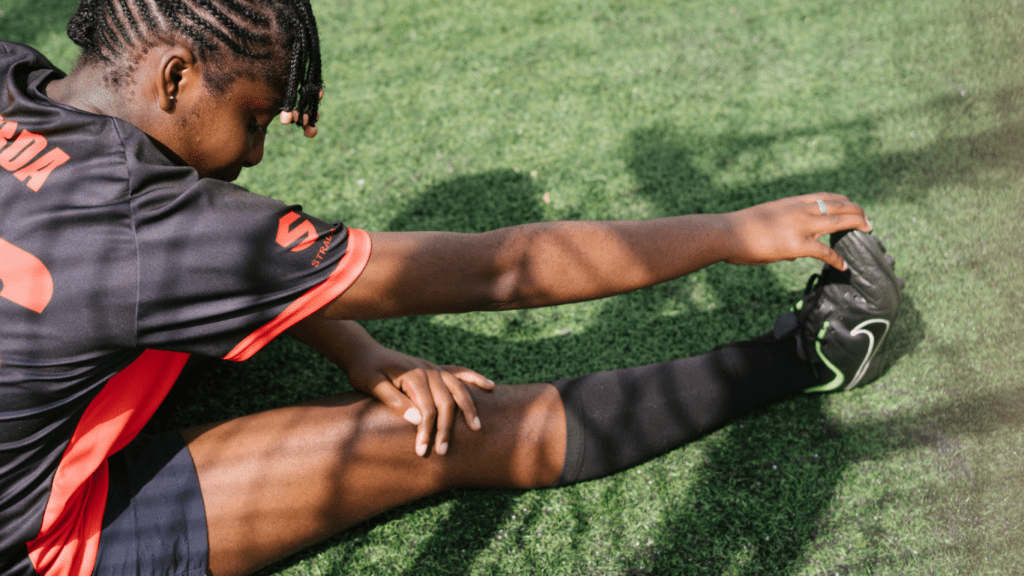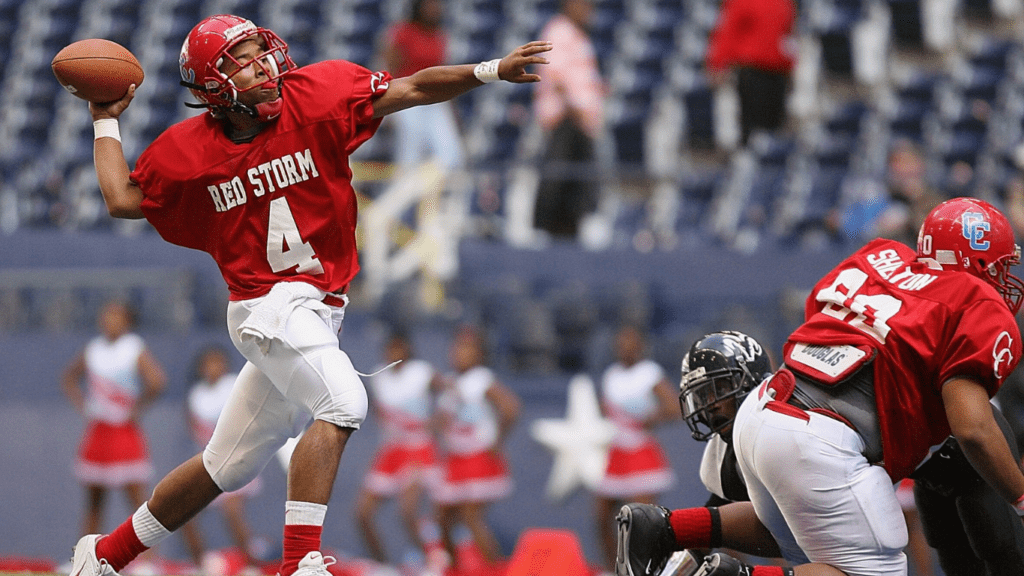As a seasoned football player, I understand the critical role that stretching and flexibility training play in enhancing performance on the field. In the fast-paced world of football, agility and range of motion are key components that can make a significant difference in a player’s game. Incorporating a structured stretching routine not only helps prevent injuries but also improves overall athletic performance.
In this article, I’ll delve into the various benefits of stretching and flexibility training specifically tailored for football players. From increasing muscle flexibility to enhancing recovery time, these training methods can give players a competitive edge on the field. Whether you’re a seasoned professional or a budding athlete, understanding the importance of incorporating stretching and flexibility exercises into your training regimen is crucial for long-term success in football.
The Importance of Stretching for Football Players
Stretching plays a pivotal role in the performance and overall well-being of football players. Proper stretching routines can significantly impact athletes’ agility, range of motion, and injury prevention strategies, making it a critical component of any training program. Let’s delve into how stretching benefits football players in enhancing performance and reducing the risk of injuries:
Enhancing Performance
Stretching before and after workouts or matches is essential for football players looking to maximize their performance on the field. By incorporating dynamic and static stretches into their routines, players can improve flexibility, which is crucial for swift movements, changes in direction, and kicking accuracy during gameplay. Greater flexibility leads to increased agility, allowing players to react quicker to opponents’ moves and make swift plays that can turn the tide of a match in their favor.
Reducing Injury Risk
Injuries are a common concern in football, given the physical demands and high-impact nature of the sport. Stretching plays a vital role in injury prevention by promoting muscle elasticity and joint stability. Engaging in regular stretching exercises helps football players maintain optimal muscle length, reducing the likelihood of strains, sprains, and tears during training and matches. Additionally, improved flexibility through stretching minimizes the risk of overuse injuries, such as tendonitis and muscle imbalances, enabling players to stay on the field and perform at their best for the long haul.
Key Components of Flexibility Training

In flexibility training for football players, incorporating dynamic stretching routines and static stretching techniques is essential. These key components not only improve performance but also help in injury prevention on the field.
- Dynamic Stretching Routines
Dynamic stretching involves moving parts of your body and gradually increasing reach and speed of movement to improve flexibility, blood circulation, and muscle activation. It helps prepare the muscles for physical activity, making it an excellent warm-up routine before training or matches. Examples of dynamic stretches for football players include leg swings, high knees, and arm circles. - Static Stretching Techniques
Static stretching techniques are beneficial for football players to improve flexibility, muscle relaxation, and overall joint mobility. This type of stretching involves holding a position that elongates the muscle without movement. Performing static stretches after training or matches helps decrease muscle tension and improve muscle recovery. Common static stretches for football players include hamstring stretches, quad stretches, and calf stretches.
Implementing Flexibility Training in Practice Sessions
Flexibility training is a crucial element in a football player’s regimen to enhance performance and reduce the risk of injuries. As a coach, I implement various strategies to ensure that my players reap the benefits of stretching and flexibility training effectively.
Best Practices for Coaches
As a coach, I prioritize dynamic stretching routines before practice sessions to prepare players’ bodies for the physical demands of training and matches. Dynamic stretches like leg swings and high knees help improve flexibility, increase blood flow, and activate muscles, setting the stage for optimal performance. I also emphasize the importance of incorporating static stretching post-activity to aid in muscle recovery and maintain flexibility. By guiding my players through hamstring and quad stretches, I ensure they enhance their range of motion, reduce muscle tension, and promote overall joint health.
Daily Stretching Schedules for Players
In addition to pre and post-activity stretching, I create daily stretching schedules for players to follow independently. These schedules include a mix of dynamic and static stretches tailored to their individual needs and areas of improvement. By incorporating stretches that target specific muscle groups used in football movements, such as hip flexors, calves, and groin muscles, players can achieve better flexibility, agility, and overall performance on the field. I encourage consistency and proper form in every stretch to maximize the benefits and prevent injuries in the long run.
Case Studies and Success Stories
Professional Teams That Swear by Flexibility Training
In my experience, professional teams recognize the significance of flexibility training in boosting performance and reducing the risk of injuries. Teams like the New England Patriots and Barcelona FC have integrated structured flexibility programs into their training routines to enhance player agility and endurance effectively.
Notable Players Benefitting from Flexibility Training
In my research, numerous famous football players have attributed their success on the field to rigorous flexibility training. Athletes such as Cristiano Ronaldo and Lionel Messi have incorporated dynamic stretching techniques into their daily regime, allowing them to improve their flexibility, recover faster from intense matches, and maintain peak performance levels.

 Chelsea Haynes is a valued member of the Awesome Football Network team, where she excels as a skilled contributor and article writer. With a sharp eye for detail and a deep love for football, Chelsea produces compelling content that covers a diverse range of topics, including team dynamics, player performances, and game strategies. Her insightful articles are crafted to engage and inform readers, providing them with a deeper understanding of the sport.
Chelsea's expertise and dedication to football journalism enhance the quality of content at Awesome Football Network. Her contributions help keep the platform at the forefront of football news, ensuring that fans and professionals alike stay well-informed and connected to the latest developments in the world of football.
Chelsea Haynes is a valued member of the Awesome Football Network team, where she excels as a skilled contributor and article writer. With a sharp eye for detail and a deep love for football, Chelsea produces compelling content that covers a diverse range of topics, including team dynamics, player performances, and game strategies. Her insightful articles are crafted to engage and inform readers, providing them with a deeper understanding of the sport.
Chelsea's expertise and dedication to football journalism enhance the quality of content at Awesome Football Network. Her contributions help keep the platform at the forefront of football news, ensuring that fans and professionals alike stay well-informed and connected to the latest developments in the world of football.
